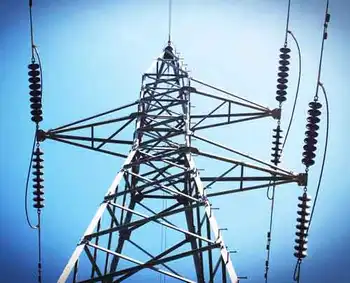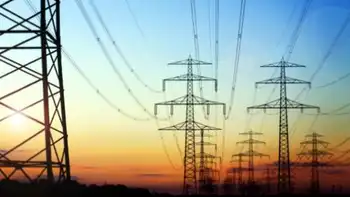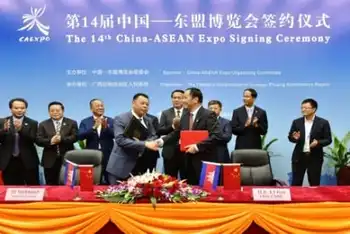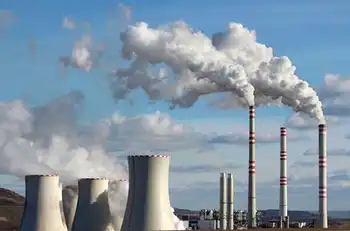IST Nuclear says South Africa can handle nuclear waste
JOHANNESBURG, SOUTH AFRICA - Sept 8 - South Africa has the capacity to handle nuclear waste from the proposed pebble bed modular reactor (PBMR) demonstration unit, a company designing the three key phases of the unit said on Monday. State-owned power utilty Eskom is in the process of getting a licence to build a second nuclear power station to boost its energy sources amid estimates that peak electricity demand will exceed capacity between 2007 and 2010. Last month, IST Nuclear was awarded a 260 million rand ($34.6 million) contract for the detailed design of three key systems for the PBMR demonstration plant -- a prototype of a "pocket" nuclear reactor advocates say could eventually be exported to other power-hungry countries. "The PBMR system has been designed to deal with nuclear waste efficiently and safely," IST Chief Executive Harry Coetzee told a presentation. "There will be enough room for the spent fuel to be stored in dry storage tanks within the PBMR building.
All spent fuel that the PBMR generates during its 40-year life will be stored within the building or on site." Construction of the PBMR unit has met with resistance from environmental groups concerned about how the waste from the plant will be handled. South Africa started evaluating the PBMR project in 1993 as part of a programme to export small power stations to the world. Its only existing nuclear power station is at Koeberg, near Cape Town, with a net maximum generating capacity of 1,800 megawatts. The PBMR is a design for a new generation mini nuclear reactor with a capacity of 110 megawatts against the 1,000 or so megawatt capacity of most modern nuclear power stations, and could give Eskom more flexibility in meeting fluctuations in electricity demand.
In PBMR helium is used as a coolant and the energy transfer medium is used in a closed gas turbine and generator system. Coetzee said after the closure of the plant nuclear waste should be stored on site for up to another 40 years before being sent to a final repository, which could be an underground facility such as deep mines. With electricity demand expected to outstrip capacity within the next few years, attention is now focused on nuclear energy as an alternative source of power. South Africa's peak demand is at around 87 percent of its installed capacity and is increasing at approximately three percent annually.
"This already indicates a supply shortage, since the international norm is to keep 20 percent of capacity in reserve for maintenance and breakdowns," said Coetzee. It is estimated that Eskom's older power stations will reach their end of design lives after 2025. Eskom is one of the world's biggest power utilities and Africa's largest.
Related News
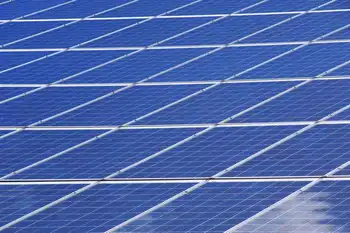
Explainer: Europe gets ready to revamp its electricity market
STOCKHOLM - European Union energy ministers meet on Monday to debate upcoming power market reforms. Brussels is set to propose the revamp next month, but already countries are split over how to "fix" the energy system - or whether it needs fixing at all.
Here's what you need to know.
POST-CRISIS CHANGES
The European Commission pledged last year to reform the EU's electricity market rules, after record-high gas prices - caused by cuts to Russian gas flows - sent power prices soaring for European companies and citizens.
The aim is to reform the electricity market to shield consumer energy bills from short-term…

